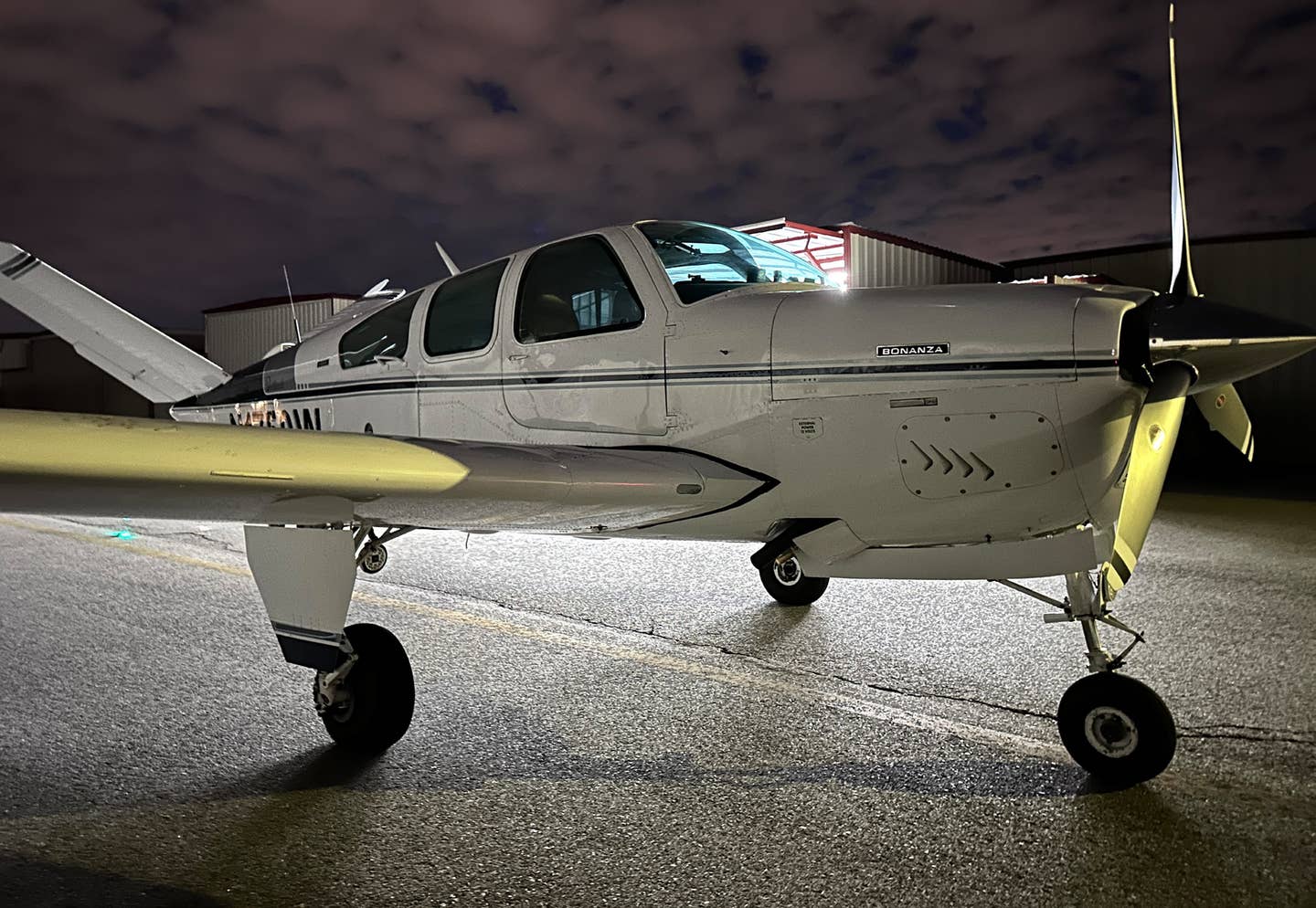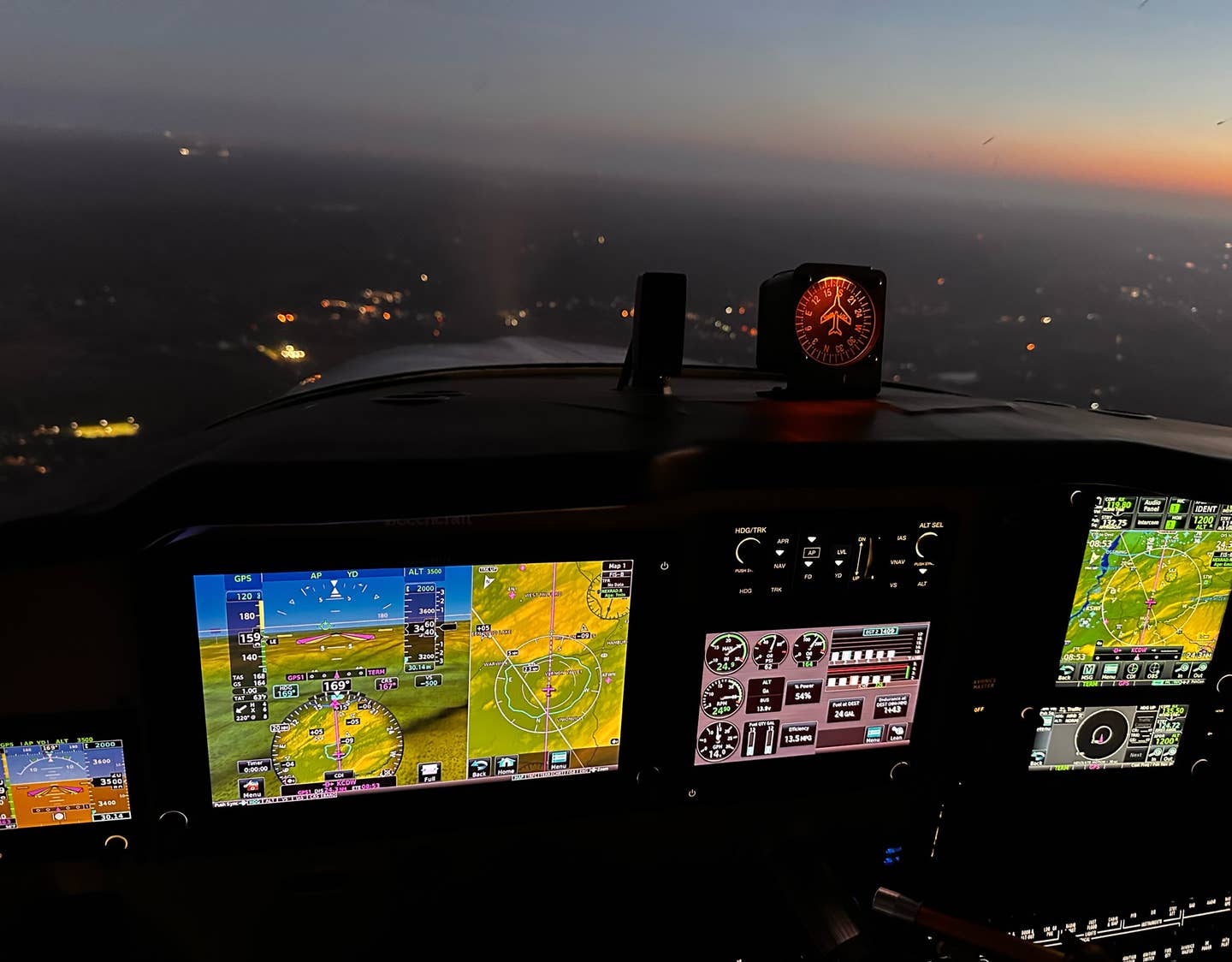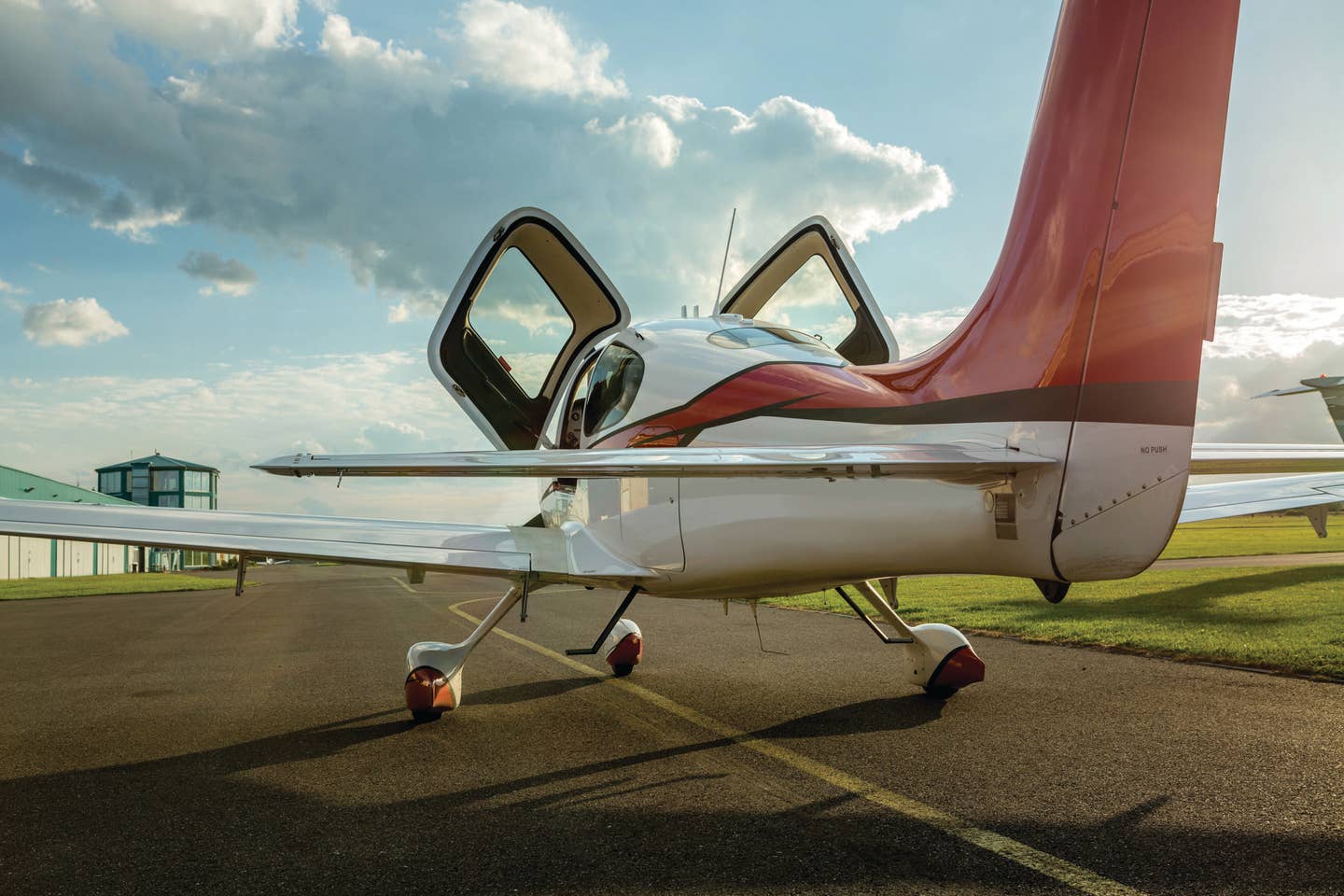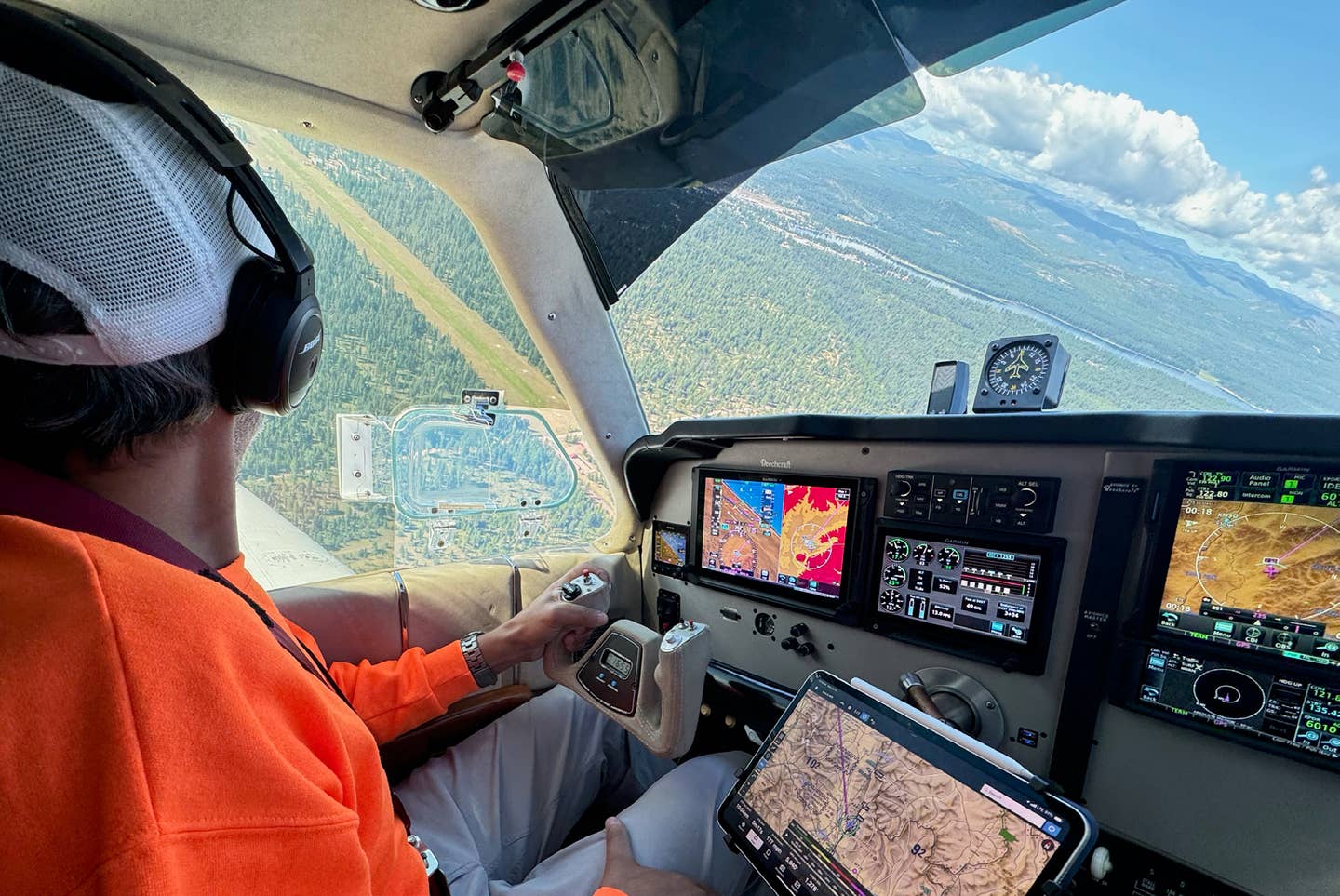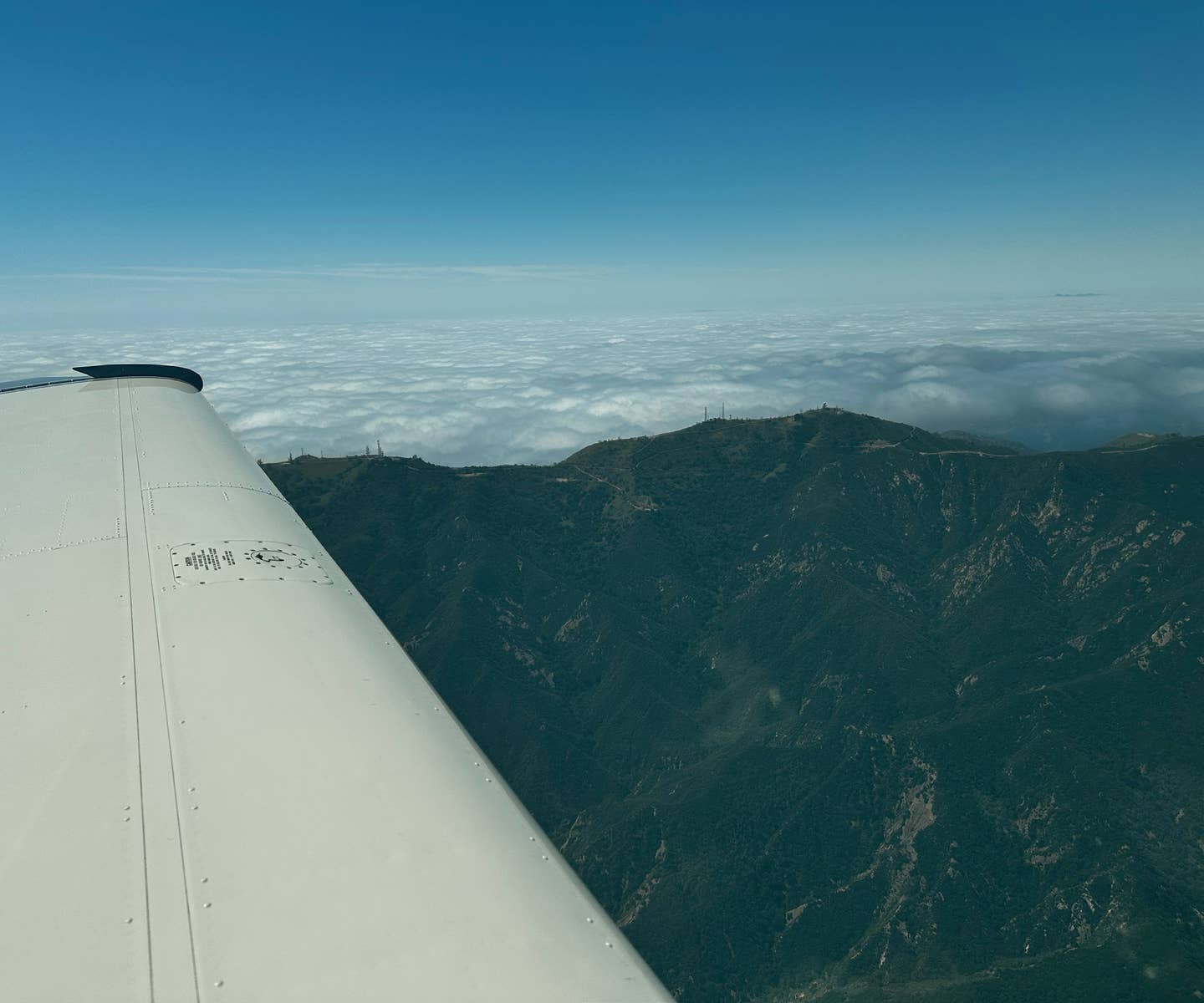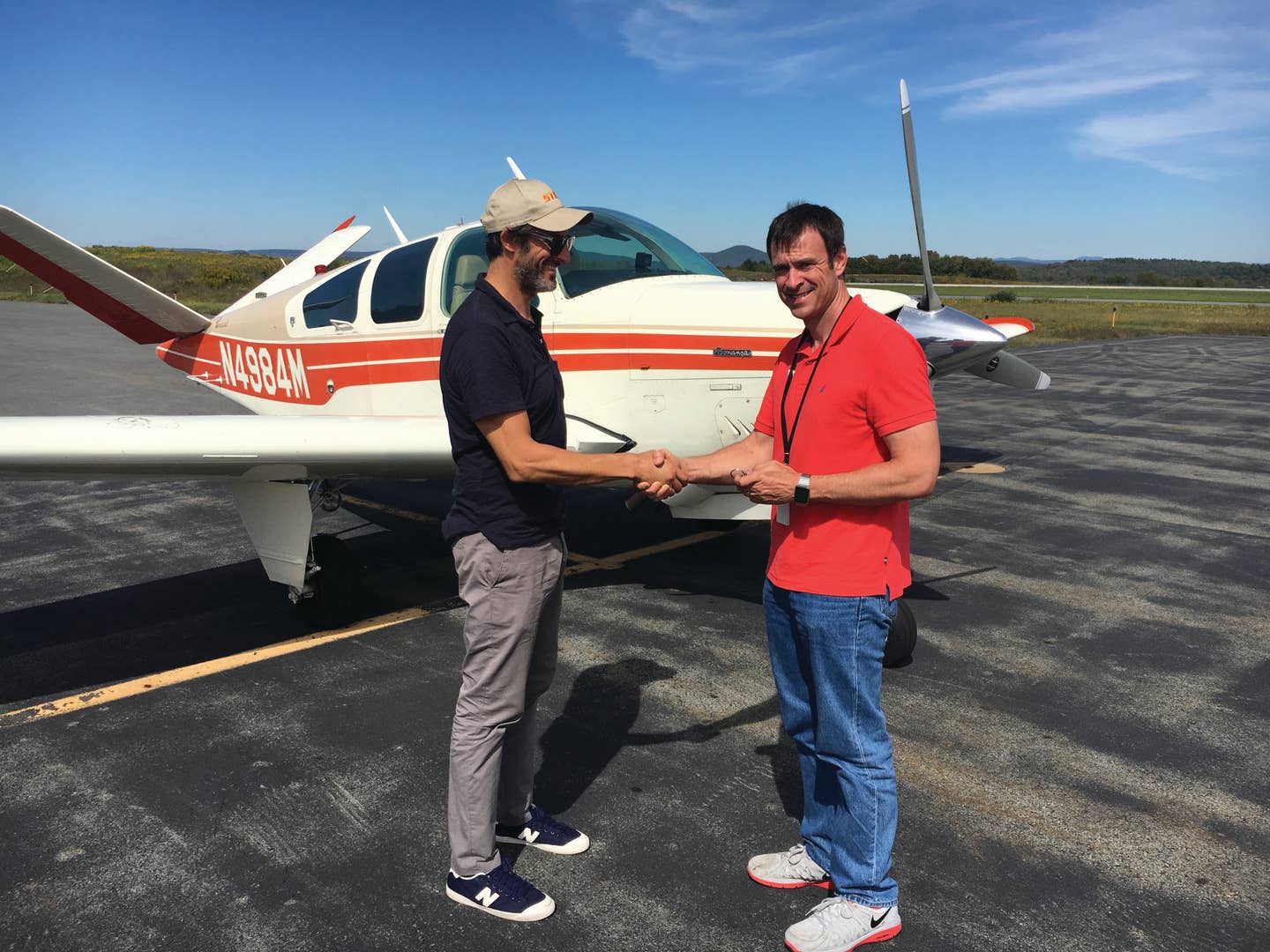
The author (left) taking ownership of his first airplane. Hot starts be damned. [Courtesy: Ben Younger]
A gold 1982 Nissan 280ZX: I loved this car from the moment I set eyes on her in the local classifieds. She had lived a full life when I took possession, and though I tried to revive her, the damage was already done. Instead of the wild, romantic partner I had imagined I would be, I became her hospice care worker, throwing good money after bad to merely keep her alive. The poet Emily Dickinson wasn’t alive when Nissan Motor incorporated, but she anticipated my romanticism, my stupidity: “The heart wants what it wants, or else it does not care.”
The previous owner did not trick me, or withhold any information. I had made my decision to buy long before we ever had contact, in my bedroom looking at that tiny ad in the classifieds. The text was succinct, telling me everything I needed (wanted) to know: five-speed, T-top, in-line six with leather seats, and power everything. High mileage, but the paint was an 8 out of 10 and it was a manual. That’s everything a 17-year-old boy with a fresh license and a decade of drooling over Road & Track magazines needs to read.
Most importantly, the price was right. My mom’s mechanic, Greg, did the pre-buy. He decidedly told me to stay away from her. I didn’t listen. I ran right into that house on fire.
Given the right ingredients, pilots buy airplanes in a similar fashion. The cost of even a 30-plus-year-old, well-equipped, used aircraft in decent running condition can easily top $100,000.
For most, this is untenable. Looking in airplane classifieds you can find what look like incredible deals. Sometimes the airplane will be advertised as a project. Sometimes not. We all know there is no free lunch, and yet when it comes to airplanes and cars, we often feel so famished as to forget this basic tenet.
As we do with romantic prospects, we miss the red flags. We see what we want to see. The pilot looks at that ad and imagines late July sunset flights through perfectly still air. He sees himself banking over the rapids-filled river below, kissing a perfect landing, then pushing the airplane back into its hangar just before dark. He cracks a cold beer and sits next to his airplane in a folding chair with the hangar door open, as darkness descends and the last warm light mixes with the cooler overhead LEDs. All of this imagined from a 3-by-5-inch ad in Trade-A-Plane.
“He sees himself banking over the rapids-filled river below, kissing a perfect landing, then pushing the airplane back into its hangar just before dark”
What he doesn’t see is plenty. That airplane sitting in a hangar with impossibly low hours that has not been run in 12 years. He rationalizes: “How bad can it be? Some pitting on the cams isn’t the end of the world. Compressions aren’t too terrible!” The airplane is a money pit, but he tells himself what he needs to, creating the narrative necessary for diving in.
Savvy Aviation is a company that does engine diagnostics for GA airplanes. They also connect prospective buyers with maintenance shops to complete the pre-buy on an airplane.
Reading some of these interactions reminds me of my pleading, stubborn interactions with Greg when I wanted the 280Z. In these exchanges you can hear the clear and succinct advice of an experienced mechanic telling the buyer to beware, and the response of a 17-year-old pilot-to-be with all of his dreams, not wanting to hear that this isn’t the one.
These fantasies are powerful. You must be willing to walk away when the results come in. Look, I am not one to talk. I decided I was going to buy a Miele dishwasher during the COVID-19 lockdown because of some reviews I read about its build quality. I filtered out all of the information that spoke against the purchase. Instead, I honed
in on the positive reviews, reinforcing my decision to buy.
Once installed, I quickly realized that the shortcomings were indeed real. This isn’t confirmation bias in flight, where expectations can bring one to a state of confusion and ultimately a mistake. This was closer to delusion.
Buying an airplane is an emotional experience, bound up with daydreams. But you have more to lose than the contents of your savings account. Money is just money. It comes into your life, it goes away. But a bad airplane can take away more: It affects your safety. When the coolant line came off the 280Z on the Garden State Parkway, I simply pulled over onto the shoulder and waited for AAA. Greg couldn’t help but let out a smile as we wheeled her into his garage the next morning. When something goes wrong in an airplane, there is no pulling over.
When I bought my first airplane, I met the owner, Jeff, in New Orleans. The plan was to fly the Bonanza all the way to New York. If I didn’t want to buy it at the end of the trip, I could just pay for his gas to return home. When I first got in the airplane, Jeff could not get the engine to fire. I watched him try again and again with various techniques, but it would not start. I didn’t know anything about hot starts at the time. I just thought the airplane had a problem (it didn’t—big bore Continentals can be finicky with hot starts).
Nonetheless, my next thought wasn’t to let the purchase go. It was that I’d get the airplane home and then find the aviation version of my car mechanic, Greg, who, though smiling at my naïveté, would get her running and my dreams back on track. It was almost July, and I already had the beer, the folding chair, and the LEDs installed.

Sign-up for newsletters & special offers!
Get the latest FLYING stories & special offers delivered directly to your inbox

